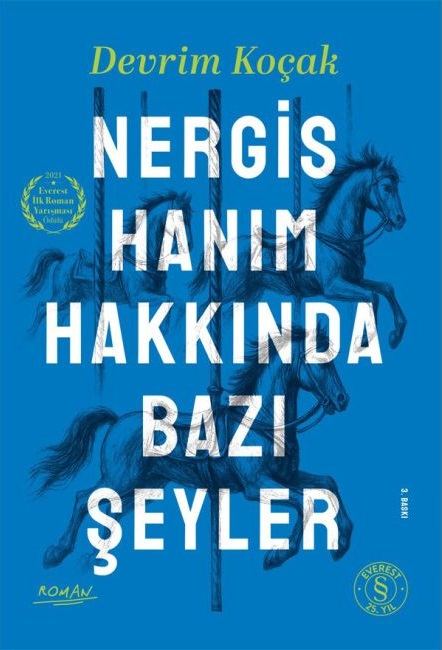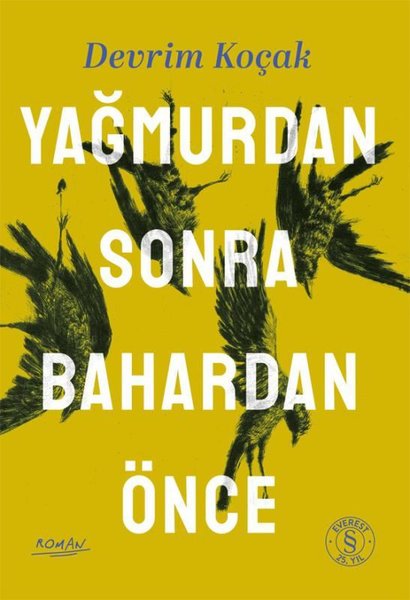Through which characters and events can we analyze the theme of “alienation” in Kafka’s works?
The theme of alienation in Kafka’s works profoundly explores the existential dilemmas of modern man, his conflict with social systems, and the fragmentation of the self. This theme is embodied in the gap between the characters’ inner worlds and the grotesque external reality. Here are the main characters and events that can be analyzed from psychoanalytic and existentialist perspectives:
- Gregor Samsa – The Metamorphosis (1915)
The Alienation of the Body: Gregor’s transformation into a giant insect one morning is a radical metaphor for the body’s alienation from the self. Through this transformation, Kafka embodies the sense of self crushed under Hermann Kafka’s oppression. The shame Gregor feels as he struggles in his bed is reminiscent of the bodily alienation in Lacan’s “mirror stage” theory: He no longer recognizes himself.
Alienation in Family Relations: Gregor’s family (especially his father) increasingly sees him as an “other.” His father’s throwing of an apple at him reflects the violent rejection Kafka experienced with his own father. Gregor’s death results in the family’s relief—a tragic denial of their desire to belong.
- Josef K. – The Trial (1925)
The Abstract Alienation of Law and Bureaucracy: Josef K. faces a trial in which he is unaware of his guilt. The trial is a meaningless system behind closed doors (much like the arbitrary rules of Kafka’s father). This represents the modern individual’s alienation from the mechanisms of power.
Self-Alienation: As he prepares his defense, Josef K. increasingly questions his own identity. In Freudian terms, the superego’s (internal father figure) judgment of him fuels his sense of guilt. His submission before the executioners in the final scene is the collapse of his attempt at subjectification.
- K. – The Castle (1926)
Disidentification in the Social System: K. can never integrate into the castle’s hierarchy. The villagers’ suspicion of him and the authorities’ constant description of him as a “foreigner” are allegories of social exclusion. Here, Kafka expands on his feeling of “never being enough” in his father’s world.
The Alienating Power of Language: The documents sent by the castle authorities and the complex network of communication confront K. with meaninglessness. Just as language divides the subject within Lacan’s “Symbolic Order,” K. becomes lost in the labyrinth of words.
- The Hunger Artist – The Hunger Artist (1922)
The Artist’s Break with Society: The hunger artist becomes alienated from his own performance in the face of the audience’s indifference. It parallels Kafka’s struggle as a writer: art becomes a form of self-consumption. The caged panther after his death emphasizes the human being’s replacement by the animalistic.
- Georg Bendemann – The Judgment (1913)
Dissociation of Identity through the Father’s Curse: Georg’s condemnation to “drowning” by his father directly enacts Kafka’s own fear of the father. By rejecting his son’s fiancée, the father cuts him off from his social ties. Georg’s leap into the river is the ultimate confession of his inability to exist within the symbolic order.
The Psychoanalytic Origins of Alienation:
Freud: Kafka’s characters are torn apart by repressed desires (e.g., the desire to surpass the father) and the guilt generated by the superego. Alienation is a neurotic defense mechanism.
Lacan: Kafka’s heroes can never fully adapt to the language of the “Other” (father/society). The unattainability of the Castle represents the impossible object of desire (objet petit a).


